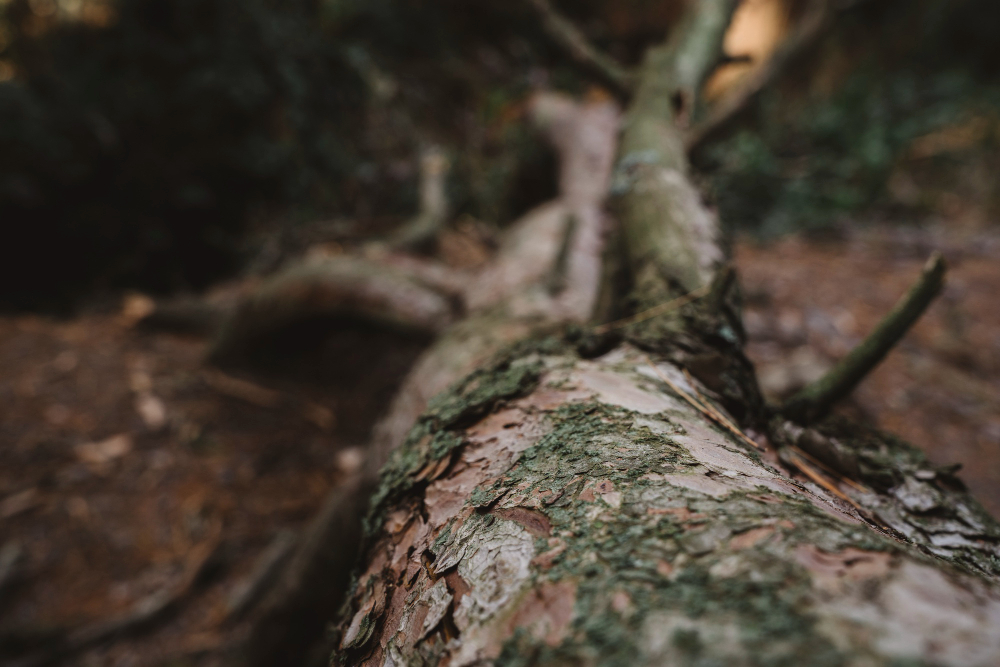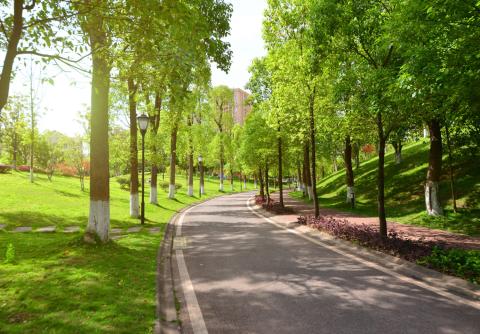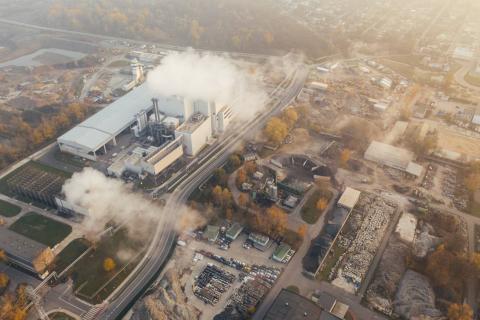Burying wood in vaults proposed as carbon storage method
Burying woody biomass in wooden vaults would allow carbon to be extracted and stored from the atmosphere, according to a study published in Science. The authors were inspired by an eastern red cedar log preserved underground for more than 3,700 years in Canada. The team proposes burying wood from sustainable sources in a domed wooden structure designed to extend the duration of carbon storage. The authors estimate that up to 10 gigatonnes of CO2 could be sequestered annually using this technique.

Felipe Bravo - carbono bóveda EN
Felipe Bravo
Professor of Forest Planning at the University Institute of Sustainable Forest Management, University of Valladolid
I can think of several better options for using wood as a carbon pool. For example, massive use in construction and the consequent substitution of more expensive materials in terms of CO2 emissions.
The authors do not introduce in their calculations the scale of felling that would have to take place, with the associated emissions - not only from the operations, but also from the leftovers that would be generated. No mention is made of how the felling would be done, nor of the potential effect on biodiversity, climate regulation or erosion control, to cite just a few examples.
The paper starts from a single observation and does not take into account centuries of accumulated experience and decades of experimentation in forest science and engineering. The leap from a single observation to a global plan to bury trees in order to increase carbon sequestration seems risky, to say the least.
The problem of climate change is complex and requires complex and complementary solutions. There is no one-size-fits-all solution. Socio-ecological conditions must be carefully studied before proposing a massive implementation of a single solution.
Encouraging forest conservation and sustainable forest management, and promoting the use of materials that not only generate low emissions but also contribute to long-term CO2 sequestration are the most appropriate ideas, and the ones most supported by science, to contribute to climate change mitigation. At the same time, these actions will allow forests to be managed in a way that facilitates their adaptation to the new conditions that climate change is bringing about.
Ángel Galán - bóveda carbono EN
Ángel Galán Martín
Beatriz Galindo Distinguished Researcher in the Department of Chemical, Environmental and Materials Engineering at the University of Jaén
There is no doubt that the development of effective solutions for the removal of CO2₂ from the atmosphere is fundamental to meeting global climate goals. The article by Ning Zeng and co-authors shows a particularly valuable insight: nature itself has provided us, almost by chance, with a possible climate solution through a phenomenon discovered almost by chance.
The surprising discovery of a 3,775-year-old log of wood, buried two metres underground, has revealed an exceptional state of preservation, with less than 5% carbon loss. This discovery reveals a natural process that could be intentionally replicated. The compacted clay and anoxic soils appear to create the perfect conditions for biomass to be preserved for millennia with little or no decomposition, opening up a promising new avenue for lasting carbon sequestration.
The study proposes that this ‘wood burial’ technique, directly inspired by conservation mechanisms observed in nature, could be scaled up globally, with the potential to sequester up to 10 gigatonnes of CO2 per year. Moreover, it is a cost-effective and more accessible solution than many current carbon removal technologies, and could thus become an interesting option in the toolkit to address climate change and, in particular, provide the impetus to make CO2 sequestration a tangible and effective reality.
Ning Zeng et al.
- Research article
- Peer reviewed



